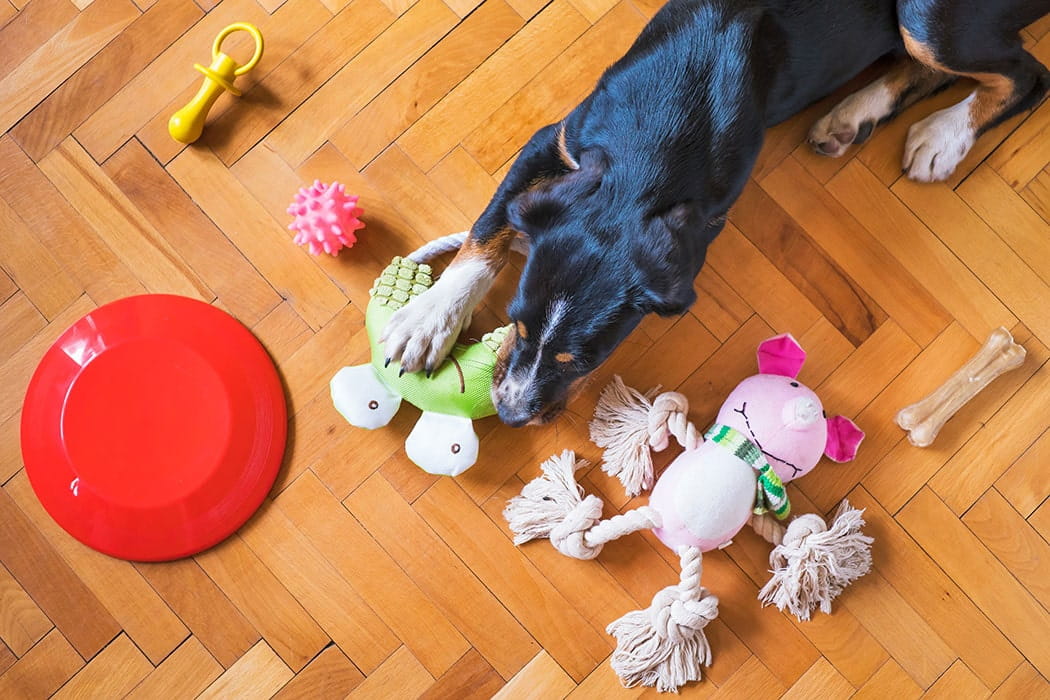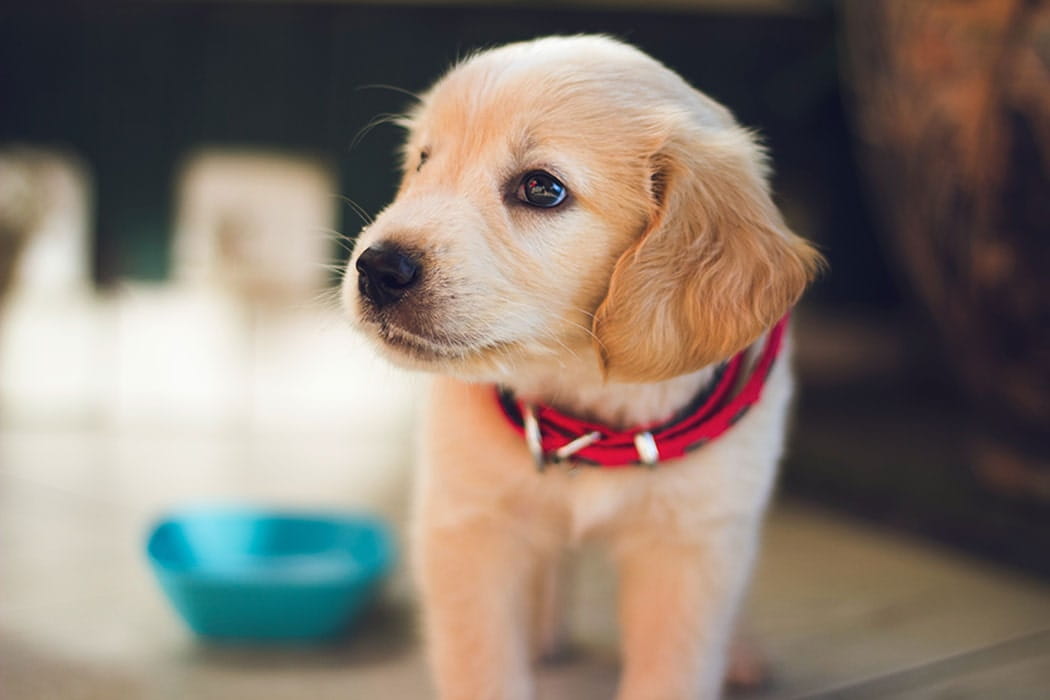What's the best way to dog-proof your home?
What's the best way to dog-proof your home?
How can you make your home dog-friendly without breaking the bank?
Getting a new dog is a lot of fun but also a big responsibility, and as with any new arrival into your home, you need to ensure the environment is safe and the boundaries are clear. So, if you’re welcoming a puppy or a new dog into your home, then we’ll provide you with some handy tips to dog-proof where you live.
How to puppy-proof your home
Puppies are double the trouble but twice as cute! Check your home and garden for any narrow gaps where they might escape and always be careful when opening the door on your return if you live on a busy road. Puppies also love to chew things so your proofing may consist of putting all your best quality furniture in one room which puppy doesn't go in! Here’s how you can puppy-proof your home in just a few simple steps.
Check for escape routes
Much like any human toddler, new puppies are always on the move and can be hard to keep an eye on at all times. Take a walk around your home and garden and look for gaps in fences and gates where your puppy could fit through.
Again, much like human toddlers, in order to keep your newest four-legged addition where you can see them, it might be worth installing a set of stair gates.
Bear in mind that this doesn’t just apply to new puppies. If you’ve recently re-homed or rescued a dog, then they may be quite nervous when they first enter a new home. Make sure to seal off any escape routes in order to keep them from getting anywhere where they could get in trouble.
Hide anything chewable
One of the great things about dogs is that each breed and each dog has their own unique tendencies. If there’s one thing that young puppies have in common though is that they love to chew! Whether they’re teething or just bored, there’s a good chance that your pup will find anything and everything to test out their young teeth.
Make sure that you keep anything valuable – sentimental or otherwise – out of reach of your dog and also cover up any wires or anything that could cause your dog harm.
Remember that chewing is perfectly natural for a young dog, and while it can be frustrating, it’s never done out of spite.

A selection of chewable toys should keep your dog happy.
Give them an alternative
If your puppy has a favourite toy, they are less likely to destroy your furniture or eat something inappropriate. Help them settle in by giving them blankets and toys which they can chew and play with without getting told off!
Watch what they eat
One of the biggest challenges with dogs and puppies is that they will often eat anything they can find - even if those substances end up being dangerous. As you would with a toddler, go around your house securing any areas which present potential hazards. If you have any toxic cleaning products or substances which could harm your dog, either move them to higher shelves where they are inaccessible or use a child-proof lock to keep the cupboard doors shut.
Remember that some foods that we may not think of as being toxic can actually be lethal for dogs. Sadly, chocolate is one such food that is yummy for people but dangerous for dogs.

Some foods may be appealing to puppies, but can actually be quite dangerous.
Why is chocolate bad for dogs?
Chocolate contains theobromine. Unlike humans, dogs find it difficult to break down theobromine and it can be toxic. This could lead to problems with your dog’s digestion system and their kidneys. Be sure to keep your dog away from your chocolatey treats to avoid what could be a costly trip to the vets.
If you’re looking for a dog friendly alternative to chocolate or if you’ve got some chocolate in the house and aren’t sure what to do if your pup eats some, you can find out even more right here.
What other foods are dangerous to dogs?
· Xylitol
You may not have heard of Xylitol, but if you check the back of some of the packets in the cupboard, then you’ll more than likely find it. Xylitol is an artificial sweetener present in a lot of our baked goods, peanut butters, as well as diet, sugar-free and fat-free products.
Xylitol though, can cause blood clotting, hypoglycaemia and liver failure when ingested. Be extra careful what you’re feeding your dog because some baked goods may not list that they contain Xylitol.
· Grapes
Grapes, raisins and sultanas are all bad for dogs. A small ingestion of raisins and sultanas can be toxic for your pup.
· Onions
Onions and garlic can be toxic to dogs and cause damage to their red blood cells.
· Avocados
Avocados have become really popular in recent times. You’ll be hard-pressed to find a café or brunch spot that doesn’t offer them on the menu. Unfortunately, avocados aren’t nearly as popular with a dog’s stomach. Avocados contain Persin, which can cause vomiting and diarrhoea.
Besides, it is Christmas after all so your dog deserves a toy!
Make your dog feel safe
Your puppy will be less likely to act out if they feel safe in your home. One of the best ways to do this is to create a space that's belongs to them such as a bed, hideaway or cavern for your dog to hide in if things get a little rowdy over Christmas! Try making some room underneath a table or behind a sofa, along with some blankets to let your pup get cosy.




